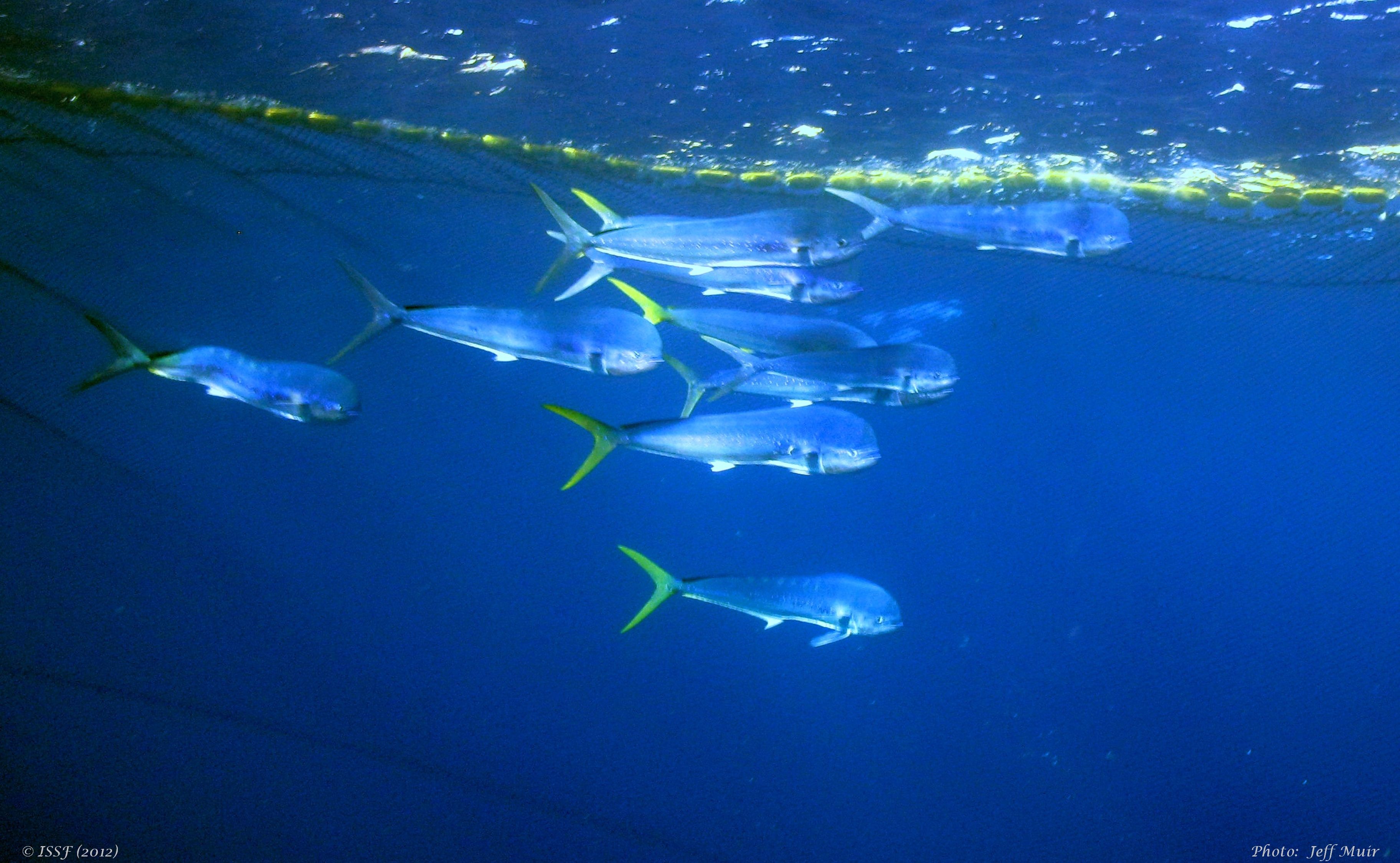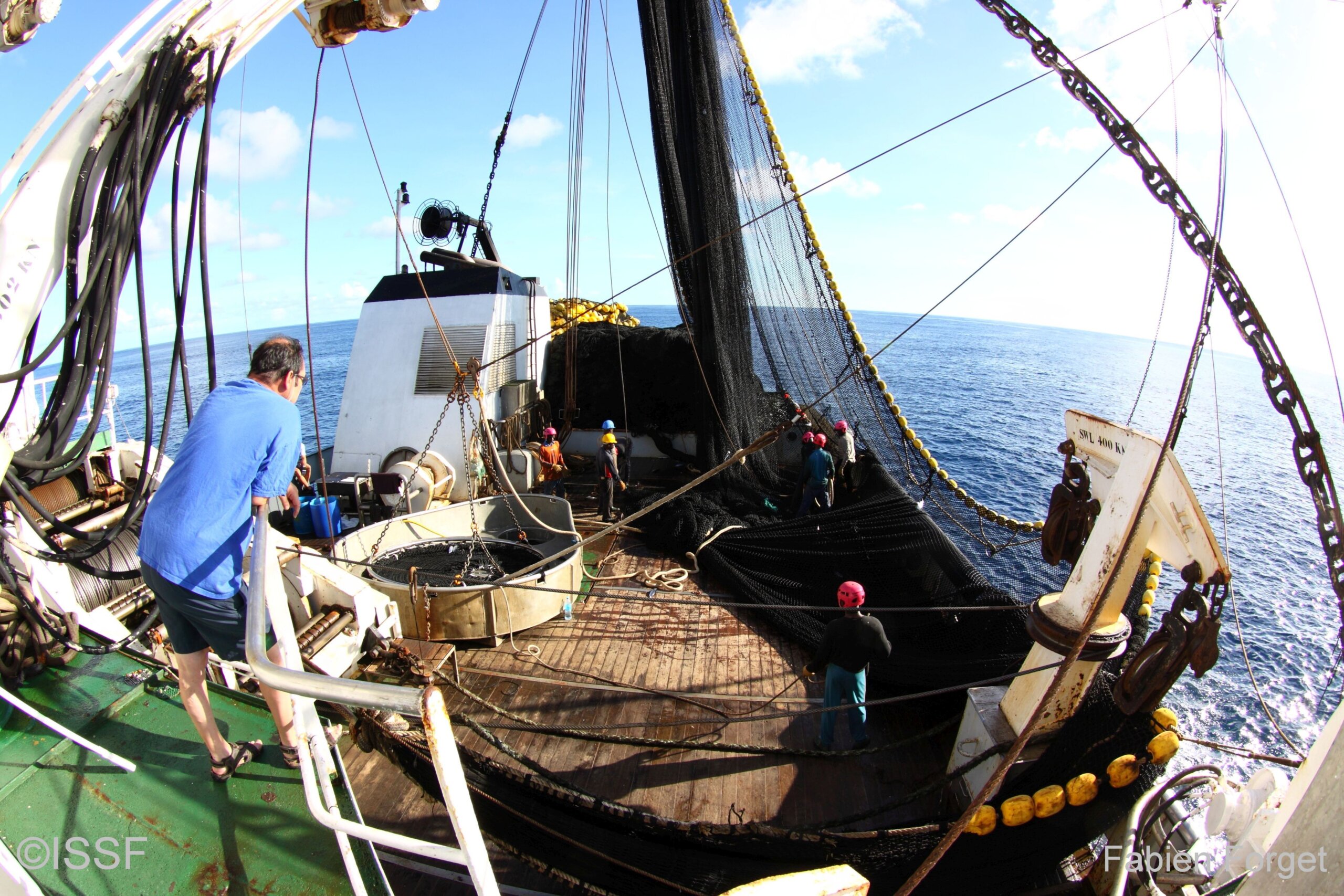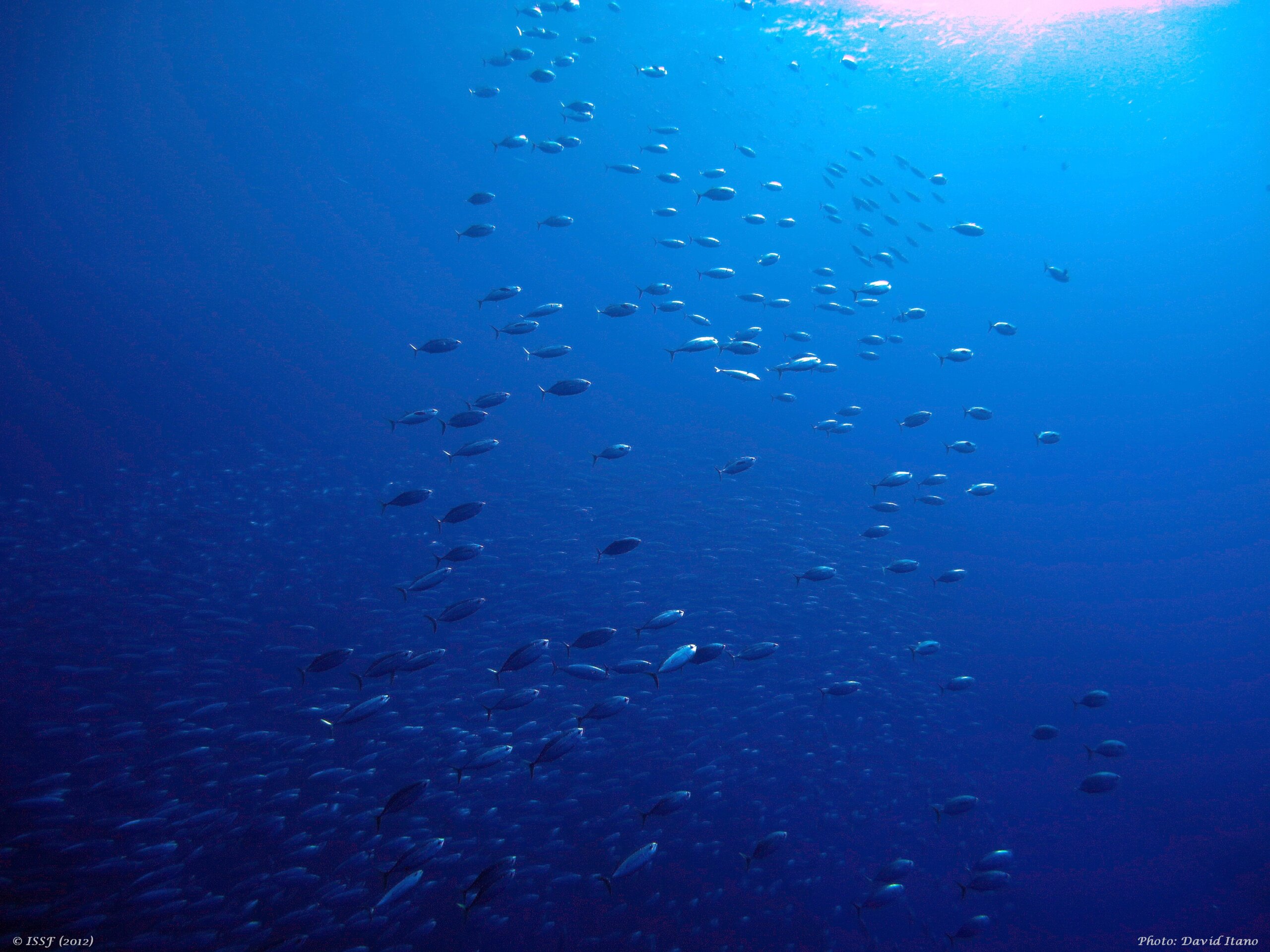
Taking the Long View of World Tuna Day
World Tuna Day (May 2) celebrates tuna as an essential resource in economic development, employment, nutrition, food security, and more.
World Tuna Day was established in 2011 by the Parties to the Nauru Agreement (PNA) and was later recognized as an international event by the United Nations General Assembly to call attention to tuna’s (perhaps still underappreciated) global importance. Tunas are highly migratory fish, found in all oceans, and seven species are commercially significant. More than 80 nations participate in tuna fisheries, and thousands of tuna vessels sail across all oceans.
If you’re already familiar with ISSF, you know that helping to make tuna sustainable, and protecting its marine environment, is the focus of our work. Tuna is fished in different ways, but there’s one unifying truth: Tuna fisheries need independent, science-based guidance and management approaches to maintain the stocks at healthy levels, safeguard other species (“bycatch”), and minimize fishing’s impacts on the marine ecosystem. We’re proud to possess that technical expertise, and to share it.
Making Strides in Tuna Sustainability
More and more, fishers, fisheries managers, and governments recognize that achieving long-term sustainability requires their active participation. And they’re finding new and better ways to act on their awareness. Stakeholders in the seafood supply chain are cooperating and collaborating, including ISSF’s participating tuna companies and ProActive Vessel Register-listed vessels.
Here are some of the reasons we remain so encouraged:
- 78% of the most recent global tuna catch was from stocks at healthy levels.
- The number of stocks well managed in terms of fishing mortality has increased from 8 (35%) in 2012 to 15 (65%) in 2018, demonstrating the improvement of management measures put in place by the Regional Fisheries Management Organizations (RFMOs).
- A record-high number of participants attended ISSF Skippers Workshops last year.
- Best practices in bycatch mitigation have been determined and documented for fishers to follow.
- Biodegradable FAD testing is being conducted in three oceans.
- Skippers as well as RFMOs are increasingly open to committing to best practices like non-entangling, rather than traditional, fish aggregating devices (FADs)
Today, we officially celebrate the good work being done by many organizations and stakeholders to protect tuna stocks; prevent bycatch; curb illegal, unreported and unregulated (IUU) fishing; improve fisheries monitoring; limit fishing capacity; and more.
But World Tuna Day 2018 also is an opportunity for all of us at ISSF to re-commit to build on the collective tuna-conservation progress of recent years.
Setting Ambitious 5-Year Goals
To learn how ISSF will do its part for tuna sustainability and ocean conservation, look to our 2018-2022 Strategic Plan.
Advancing Sustainable Tuna Fisheries formalizes our commitment to provide practical resources for Fisheries Improvement Projects (FIPs) in particular. It also outlines other ambitious goals.
For instance, we would like to see RFMOs adopt harvest control rules for each and every commercial tuna species, and we will continue to push for that until it happens. We advocate for policies that require non-entangling FADs and biodegradable FADs, especially as we continue to learn more about their utility. We urge RFMOs to adopt observer coverage rules to ensure 100% coverage on tuna vessels. And we encourage all tuna companies across the supply chain to join us and commit to ISSF conservation measures.
All of the goals that we and our partners will strive to meet in the next five years are built on the best available science, respectful idea-sharing, and painstaking day-to-day work. Because that’s what tuna stocks — and the countless people who rely on them — deserve.


